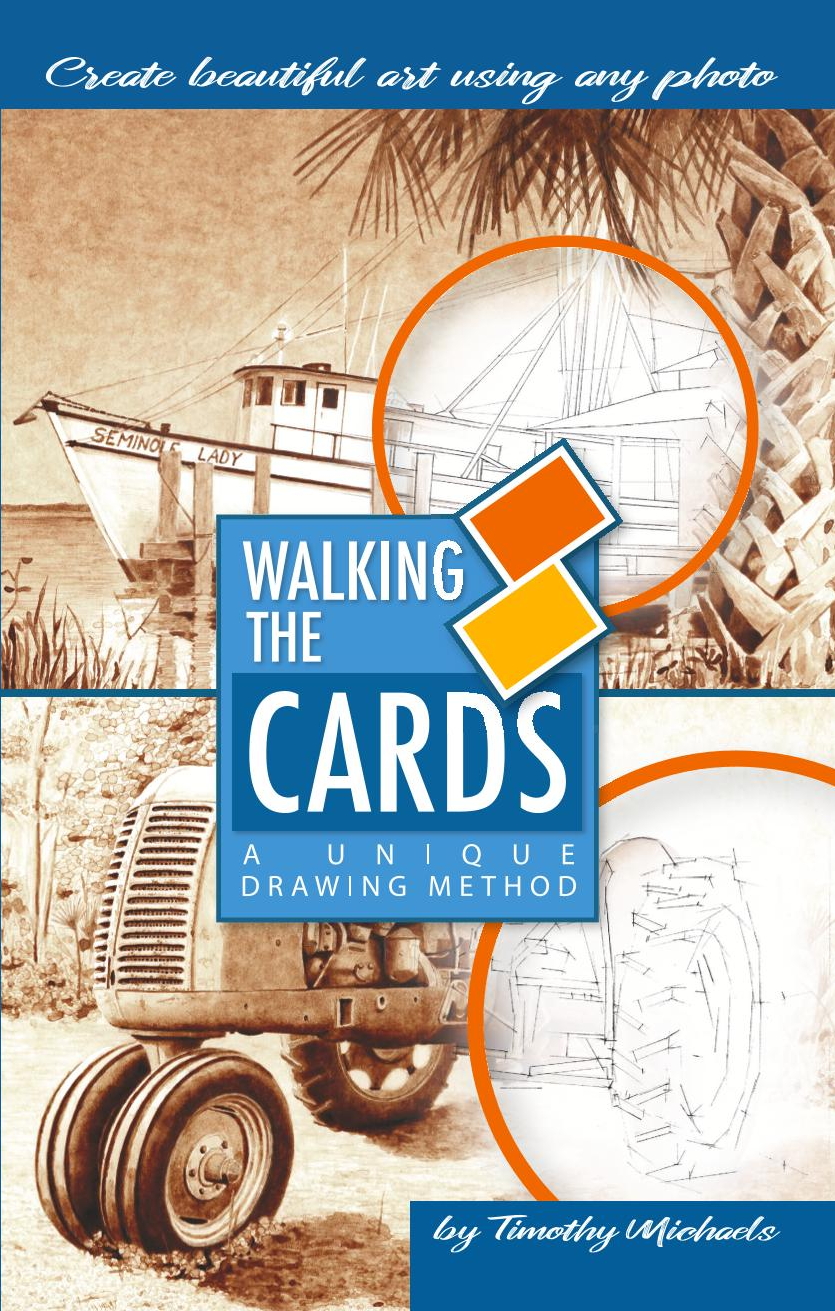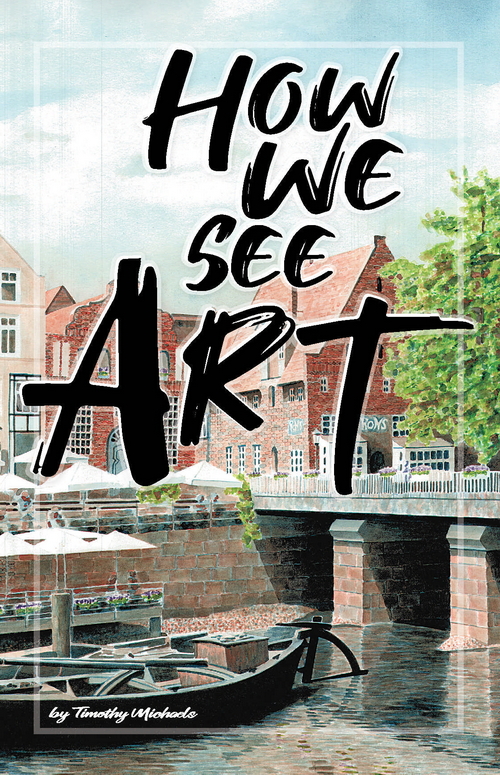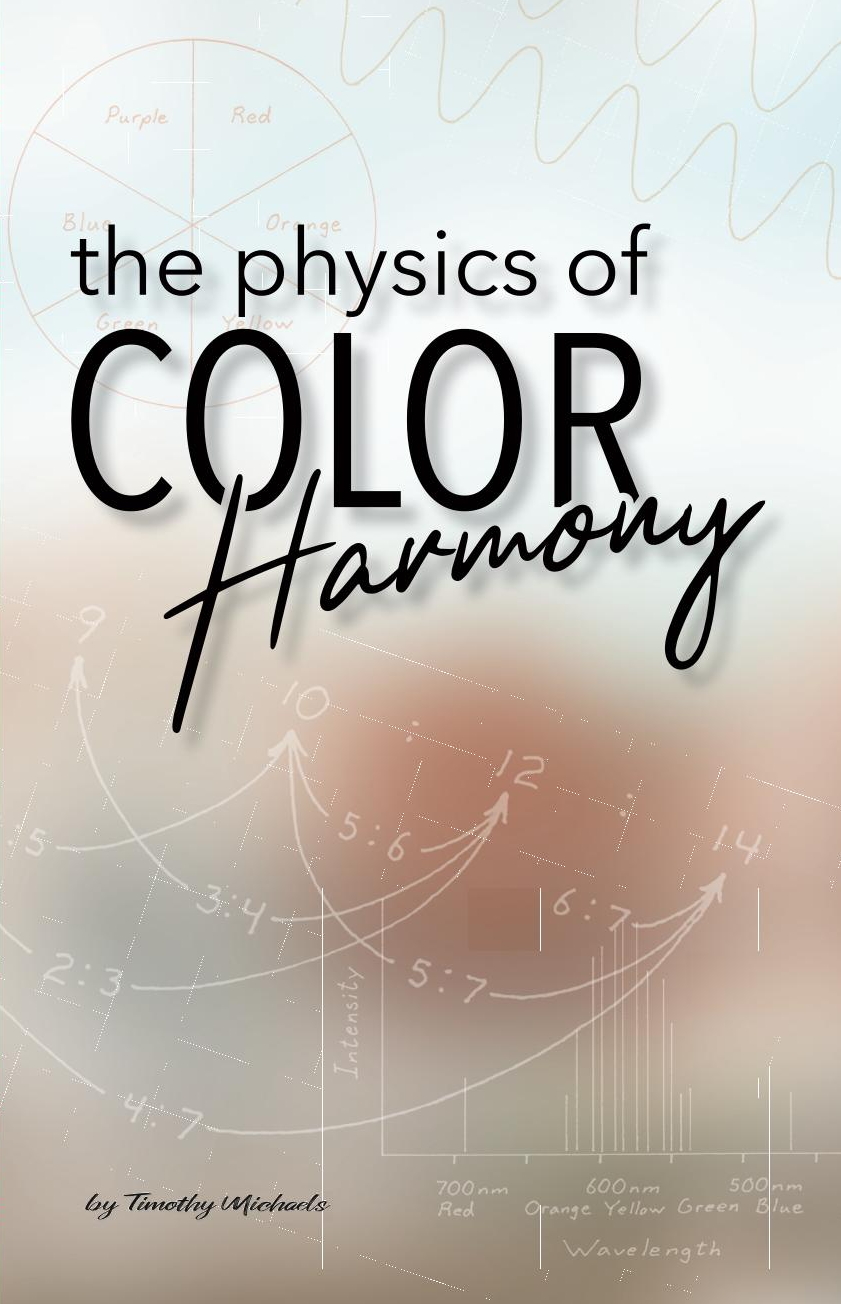My Books

This book is about using the Point Transfer Method to create an accurate sketch of your subject. All of the drawings you see in my art gallery were done using this method.
Using just 2 cards, you transfer reference points from a photo to your drawing paper. There is no tracing, measuring, or calculating. And you can easily enlarge the subject on the photo to fit your drawing paper. Once you have the points transfered, you then fill in the outlines with the medium of your choice: acrylic, oil paint, watercolor, charcoal, graphite, etc.
The last chapter in the book shows several drawings that were done using this method. For each drawing, there is an illustration that shows the original photo, another illustration that shows the sketch, and a final illustration that shows the completed painting.
The book is available from Amazon.
If you have this book, click here to download the PDF files.

